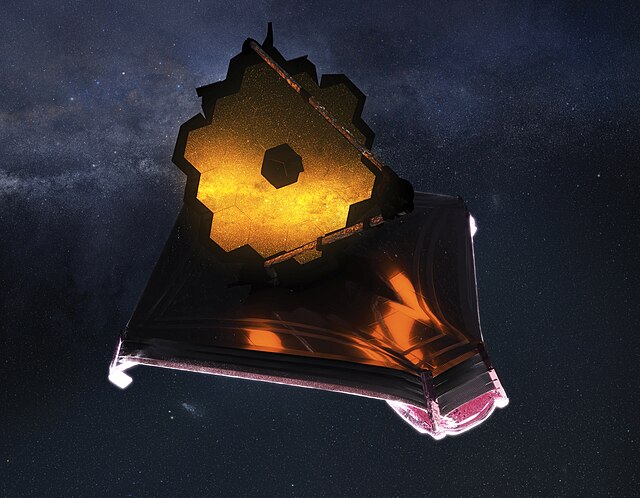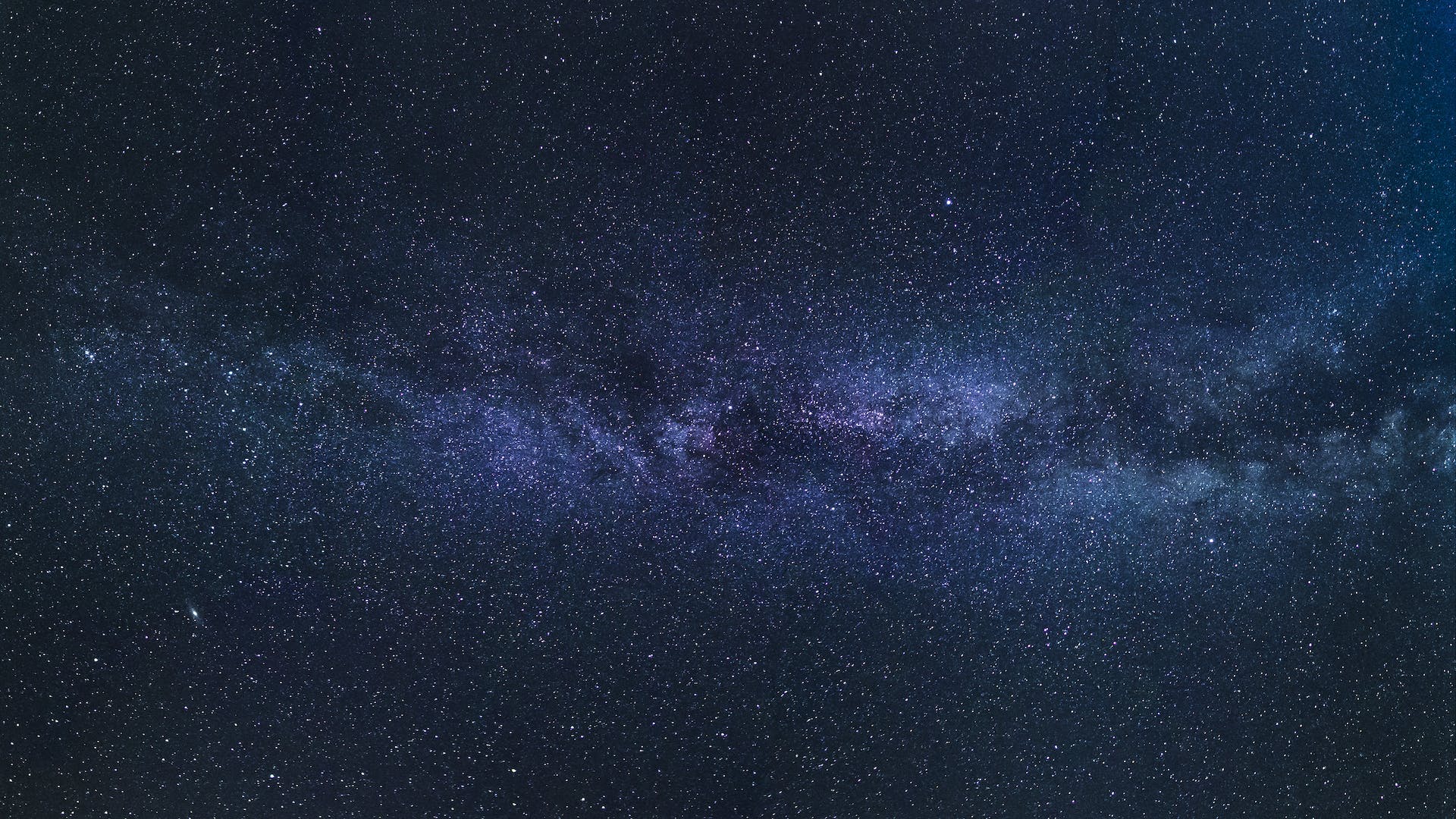Researchers at the University of Texas (UT), Austin, found an ancient ghostly galaxy, and the images were captured by the James Webb Space Telescope (JWST). This newly discovered galaxy, AzTECC71, was hidden for nearly 900 million years after the Big Bang. For several years, it has been away from the eyes of various telescopes—but not from the high-tech behemoth, the James Webb Space Telescope. Although the galaxy looks like a little blob in the image, the reality is that it gives rise to hundreds of new stars every day, expanding the universe. The research was conducted under the COSMOS-Web collaboration project, a JWST initiative led by UT Professor Caitlin Casey.

Image credits: The University of Texas at Austin
COSMOS-Web Project And the Ghostly Galaxy
The COSMOS-Web Project aims to discover 1 million galaxies to understand the structures of the universe and their formation using the James Webb Space Telescope. Studying a dusty star-forming galaxy through conventional telescopes is challenging. Most of the light emitted by the stars is absorbed by the dust, which the telescopes couldn’t detect until the astronomers had JWST.
“Until now, the only way we’ve been able to see galaxies in the early universe is from an optical perspective with Hubble,” said the UT postdoctoral researcher Jed McKinney. “That means our understanding of the history of galaxy evolution is biased because we’re only seeing the unobscured, less dusty galaxies.”

Image: Wikimedia Commons
How Did the Astronomers Find the Galaxy?
The James Clerk Maxwell Telescope in Hawaii found an indistinct blob of dust, AzTECC71, in the camera. The telescope could observe objects between infrared and microwave wavelengths. Later, the COSMOS-Web team collected data from the ALMA telescope in Chile, which has high-resolution power and can see through infrared. This limited the search and provided leading coordinates. They found the hidden galaxy when they used the James Webb Space Telescope at a wavelength of 4.44 microns in the infrared. At shorter wavelengths below 2.7 microns, it becomes indistinct. Currently, astronomers are working to discover faint galaxies like AzTECC71.
“With JWST, we can study for the first time the optical and infrared properties of this heavily dust-obscured, hidden population of galaxies,” said McKinney. “Because it’s so sensitive that not only can it stare back into the farthest reaches of the universe, but it can also pierce the thickest of dusty veils.”
JWST opens the door to new possibilities, finding new galaxies and space structures and widening knowledge. Astronomers expect to broaden the search to uncover the secrets of the cosmos and reveal the existence of galaxies, stars, and other celestial bodies that are yet to be discovered.
The research has been published in the journal Astrophysical Journal.
If you enjoyed reading our articles, please support us by buying our geeky merchandise on Instagram. Alternatively, you could buy us a coffee or follow us on Facebook, Twitter, Pinterest, or Medium.



1 comment
[…] and direct your gaze eastward. Patience becomes a virtue as your eyes adjust to the darkness, unveiling the celestial ballet that unfolds […]